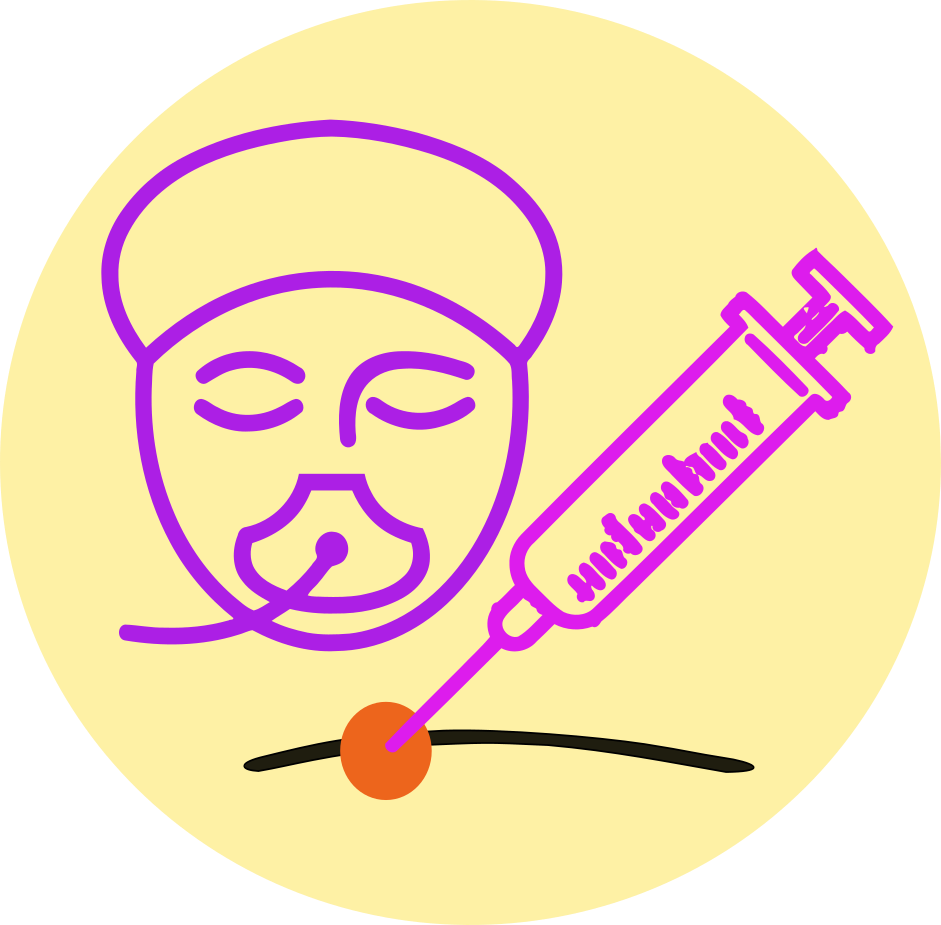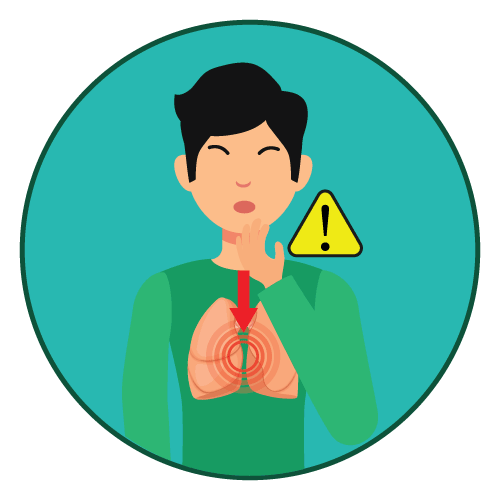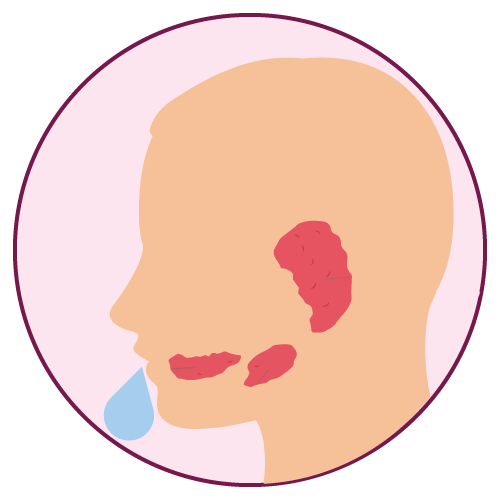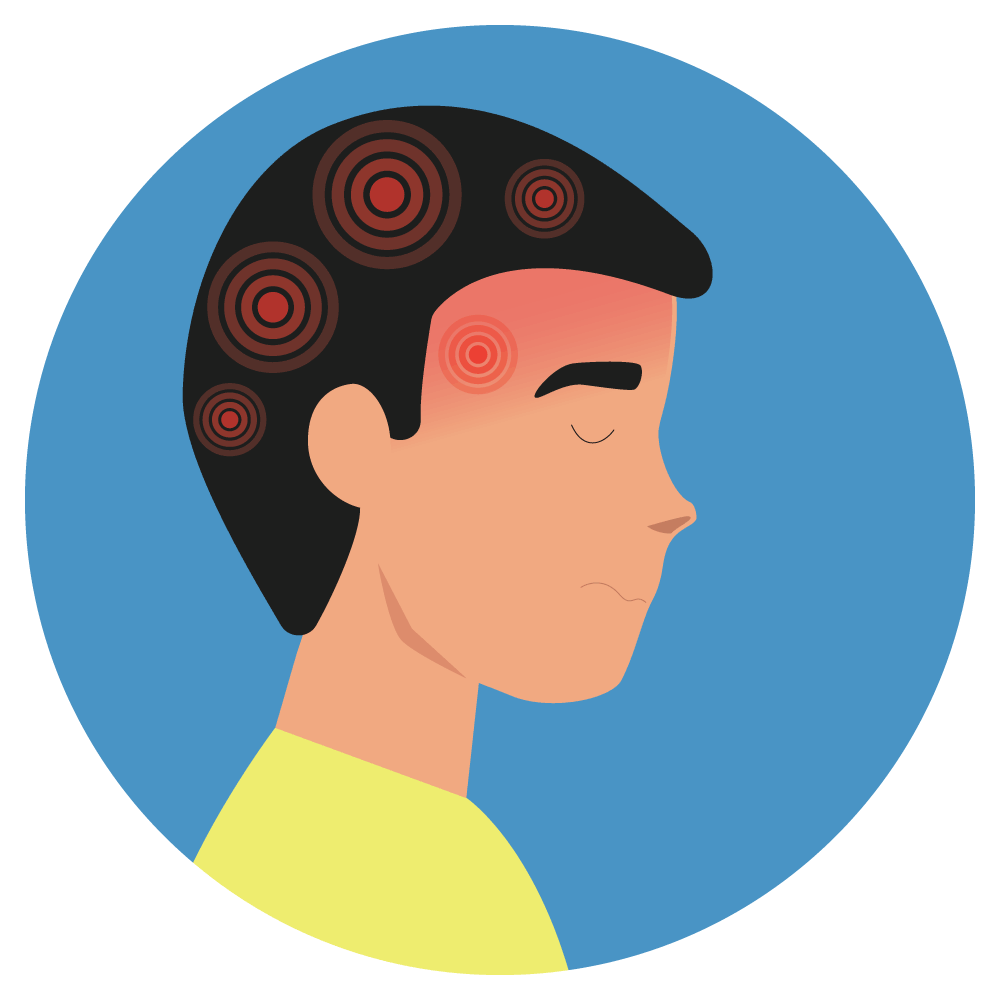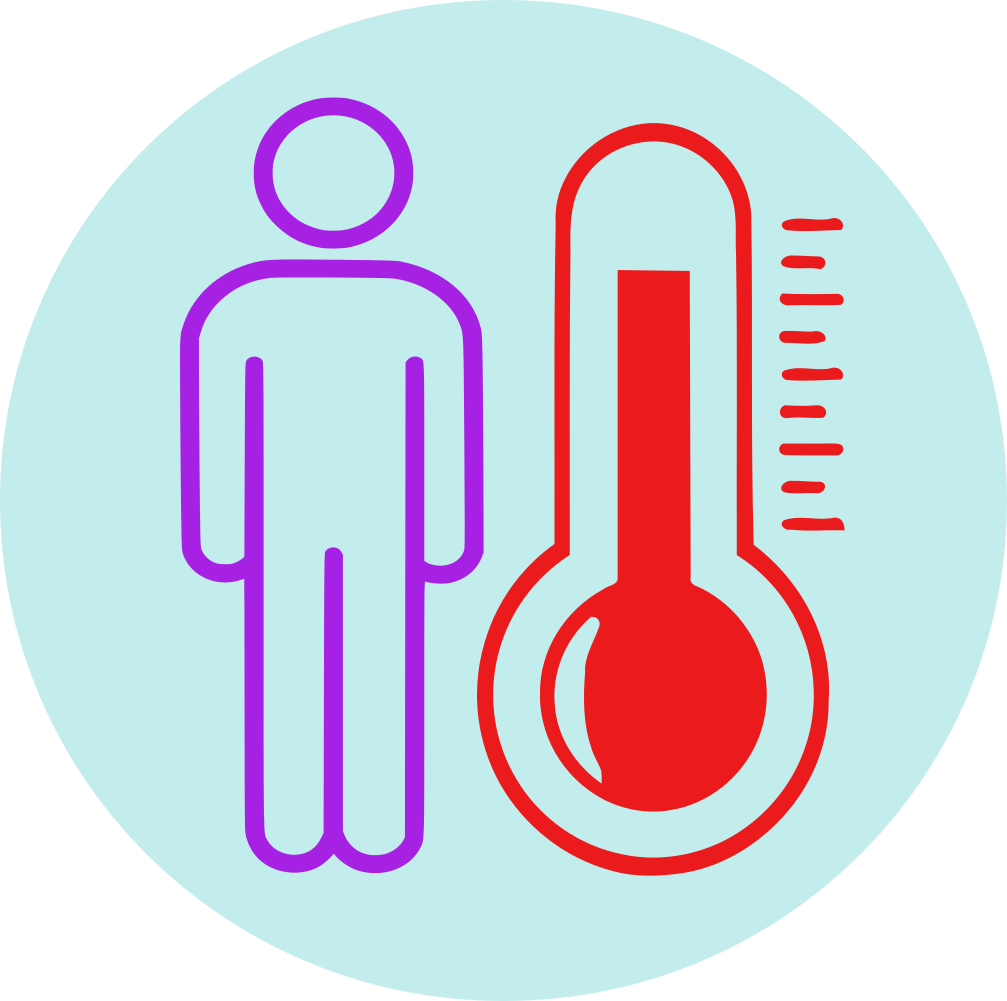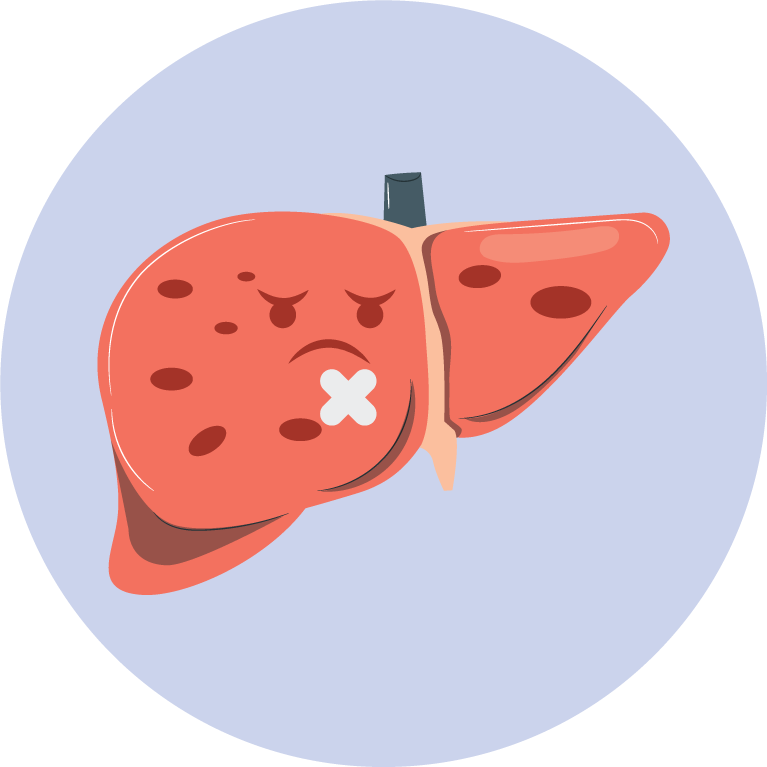| Name | Sevoflurane |
| Classes |
Central Nervous System Agent Anesthetic |
| Diseases |
Anesthesia Loss of Consciousness |
Sevoflurane
Sevoflurane is classified as an inhalation general anesthetic. Its mechanism of action involves enhancing the inhibitory action of gamma-aminobutyric acid (GABA) at the GABA-A receptor, leading to central nervous system depression and anesthesia.
Sevoflurane is indicated for the maintenance of general anesthesia in adult and pediatric patients for inpatient and outpatient surgery.
It is essential to be aware of the sevoflurane concentration delivered by a vaporizer during anesthesia, which can be achieved using a vaporizer specifically calibrated for sevoflurane. The administration of general anesthesia should be tailored to the individual patient's response.
- Substitution of Desiccated CO2 Absorbents: If there is a suspicion that the CO2 absorbent may be desiccated, it should be replaced. The exothermic reaction between sevoflurane and CO2 absorbents intensifies when the absorbent becomes desiccated, especially after prolonged dry gas flow through the CO2 absorbent canisters.
- Pre-anesthetic Medication: There is no specific recommendation for or against premedication with sevoflurane. The decision to pre-medicate and the choice of premedication are at the discretion of the anesthesiologist.
- Induction: Sevoflurane, characterized by a non-pungent odor and lack of respiratory irritability, is suitable for mask induction in both pediatric and adult patients.
- Maintenance: Surgical anesthesia levels are typically achieved with concentrations ranging from 0.5% to 3% sevoflurane, with or without concurrent use of nitrous oxide. Sevoflurane can be administered using any type of anesthesia circuit.
Adverse reactions associated with sevoflurane are listed from most common to least common:
- Respiratory depression
- Hypotension
- Arrhythmias
- Nausea/vomiting
- Respiratory tract irritation
- Increased salivation
- Headache
- Shivering
- Elevated liver enzymes
- Malignant hyperthermia (rare)
- Malignant Hyperthermia: Sevoflurane can trigger malignant hyperthermia, a rare but potentially life-threatening condition. Monitor for signs such as muscle rigidity, hyperthermia, and acidosis.
- Cardiovascular Effects: Use with caution in patients with cardiovascular disease, as sevoflurane may cause hypotension and arrhythmias.
- Respiratory Effects: Monitor respiratory function closely, especially in patients with pre-existing respiratory conditions.
- Neurological Effects: Sevoflurane may increase intracranial pressure; use with caution in patients with head injuries or elevated intracranial pressure.
- Liver Function: Monitor liver function in patients with pre-existing liver disease.
- Renal Function: Use with caution in patients with impaired renal function.
Contraindication
It should not be used in patients with known sensitivity to sevoflurane or to other halogenated agents nor in patients with known or suspected susceptibility to malignant hyperthermia.
None known.
None known.
 Bangla
Bangla English
English